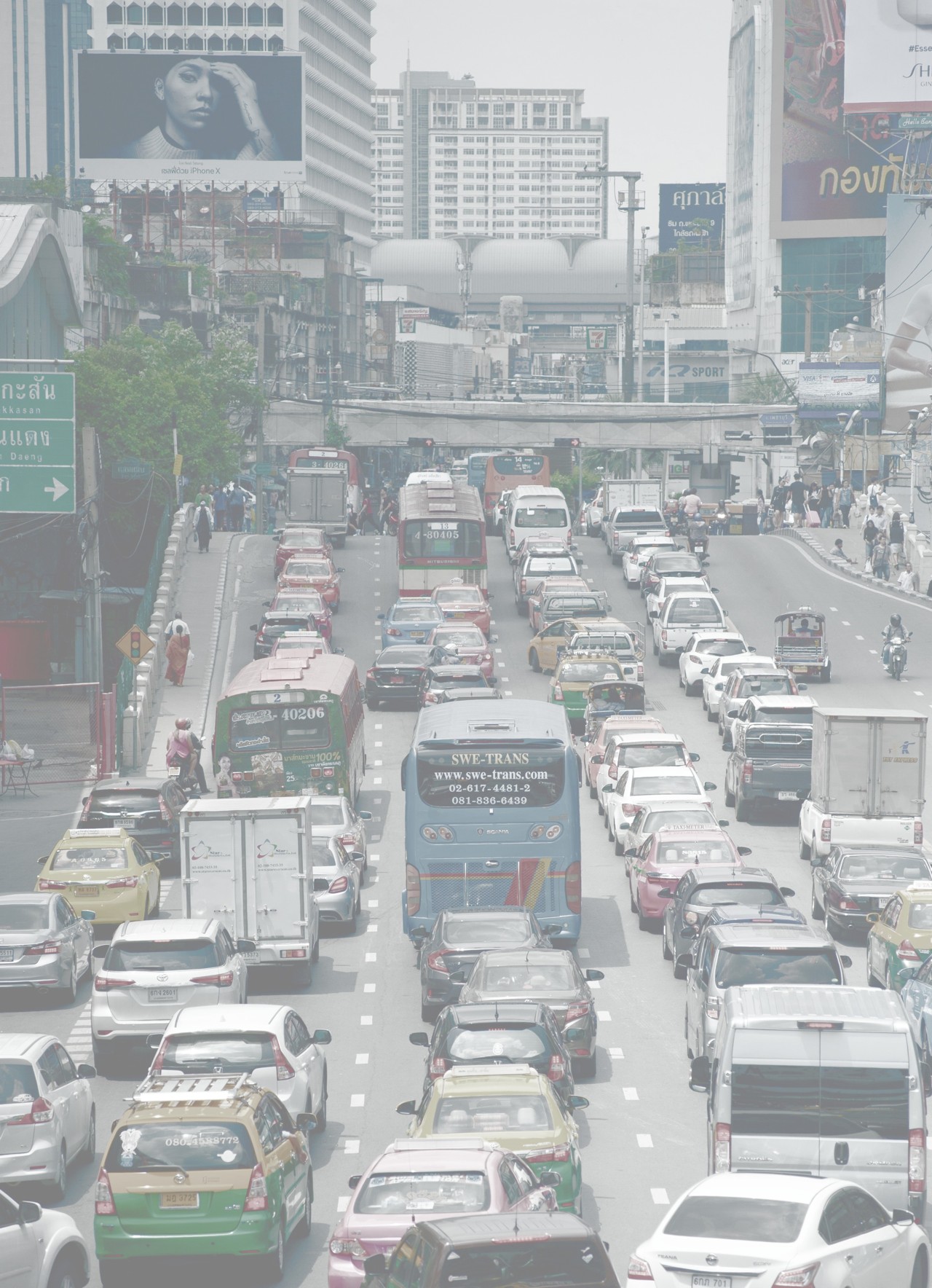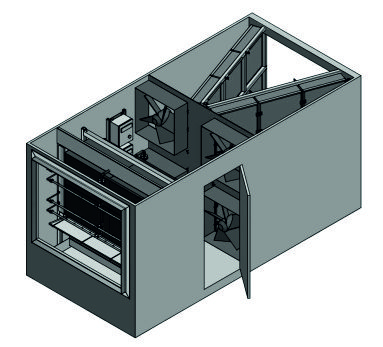Our City Air Cleaning air cleaning system purifies the air in a modular way over several filter stages and thus helps to achieve compliance with the air quality limit values as quickly and permanently as possible.
- In the first stage coarse impurities and solids are retained.
- In the second stage the dust load is cleaned by a highly effective electrostatic precipitator. Here, the fine dusts in the air are separated extremely efficiently by an electrostatic fine dust separator. Electrostatic air filters achieve separation rates of 99.9 % and more in large plants.
- In the third stage, a special process is used to reduce the germ load and viruses.
- In the fourth stage, the pre-cleaned air is passed through special activated carbon filters, thus reducing residual pollutants and gaseous substances such as nitrogen oxides.
With the help of integrated measurement data acquisition, each individual air purification system can be monitored and optimised at its current location.




